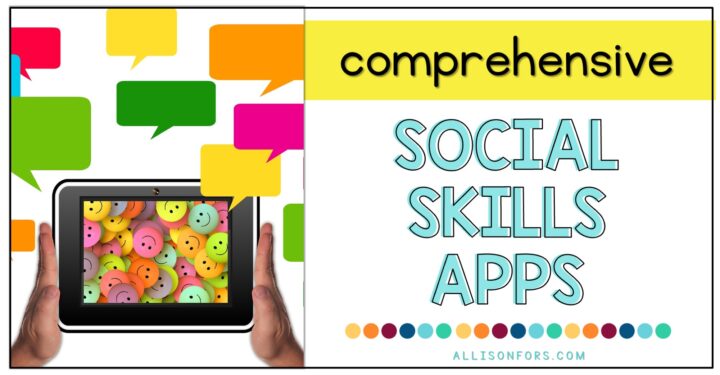
12 Ways to Use Potato Head in Speech Therapy
Potato Head is a smart addition to your speech therapy room. This toy is a fan favorite because it’s a crowd-pleaser and is so versatile! It is easy to incorporate many language goals while playing with this fan favorite.
SPEECH-LANGUAGE TARGETS TO USE WITH POTATO HEAD
1. Labeling & Object Function of Body Parts
Give your student the head, then have them label each body part or clothing item as they add it. Use this opportunity to work on the function of each body part and where they belong on the body. Do the same with clothing items.
You can also expand vocabulary with descriptive words for each body part: “Round nose, orange lips, etc.”
2. Pronouns
Using two potato heads, label one a girl and one a boy. Take turns giving directions for building the heads: “She wants the blue hat… he wants the green hat.” You can also ask questions: “Who has the green hat?… He does.”
3. Following & Giving Directions
Place the potato and body parts in front of the student. Give them very specific instructions (“Put the blue hat on Potato Head”) to follow. Once they are ready, have them give you building directions. You can also work on multi-step directions: “Put on the orange nose, then put on the green shoes.”
You can also hide body parts around the room. They can ask for clues or you can provide directions for the student to find the parts they need.
4. Verbs
You can get these toys to do anything, so play with them and describe what they’re doing! Walk, talk, eat, listen, break, fall, etc.
5. Prepositions
Begin with early prepositions by placing Mr. Potato Head around the room and asking where he is: “On the chair… behind the door.” You can also provide instructions or ask questions that use prepositions: “Put the nose above the mouth… is the nose above or below the mouth?”
6. Expanding Language/Mean Length Utterance
Describing the items and clothing is an easy way to work on expanding language. Encourage them to be as descriptive as possible with full sentences: “Potato Head has orange glasses.”
7. Body Awareness
Use Potato Head as an example of how the student can participate appropriate while in class, or on the playground, or in any other setting. “Potato Head uses his ears to listen, he puts feet on the floor, etc.”
8. Requesting
Give the student the potato head and keep the body parts for yourself. As they build the head, they should ask you for the parts they want. Prompt them to be as specific as possible. For example, if they request the shoes, ask whether they want the green shoes or the blue shoes. If they are preverbal, wait to hand them the parts until they pull on your hand, look at you, or make an appropriate gesture for requesting.
9. Comparing & Contrasting
Build two Potato Heads with parts that are almost identical but have one or two differences. Have the student compare the two heads to identify what’s different between the two heads vs. what’s the same.
10. Barrier Games
Give each student a potato head and body parts, then set up a barrier between the two such as a file folder. Have one student put their pieces on Potato Head, then give directions to the other participant for placing items. The goal should be to have matching Potato Heads at the end. For more on barrier games, see my blog post.
11. Turn-Taking & Sharing
Give the potato to one student and a box filled with the body parts to the other. The student holding the potato should communicate with the other to coordinate what they add to the head. They can learn how to politely communicate, take turns, and share the toy.
12. Articulation
Name Potato Head with the student’s target sound for easy articulation practice.
Do you have a favorite way to use Potato Head? Tell me in the comments!
You might also be interested in reading: Preschool Must-Haves for Speech Therapy
Would you like access to exclusive freebies not available in my Teachers Pay Teachers store? Sign up below for access to the freebie library – plus a discount code!
If you enjoyed this post, please share it!
Follow my blog with Bloglovin
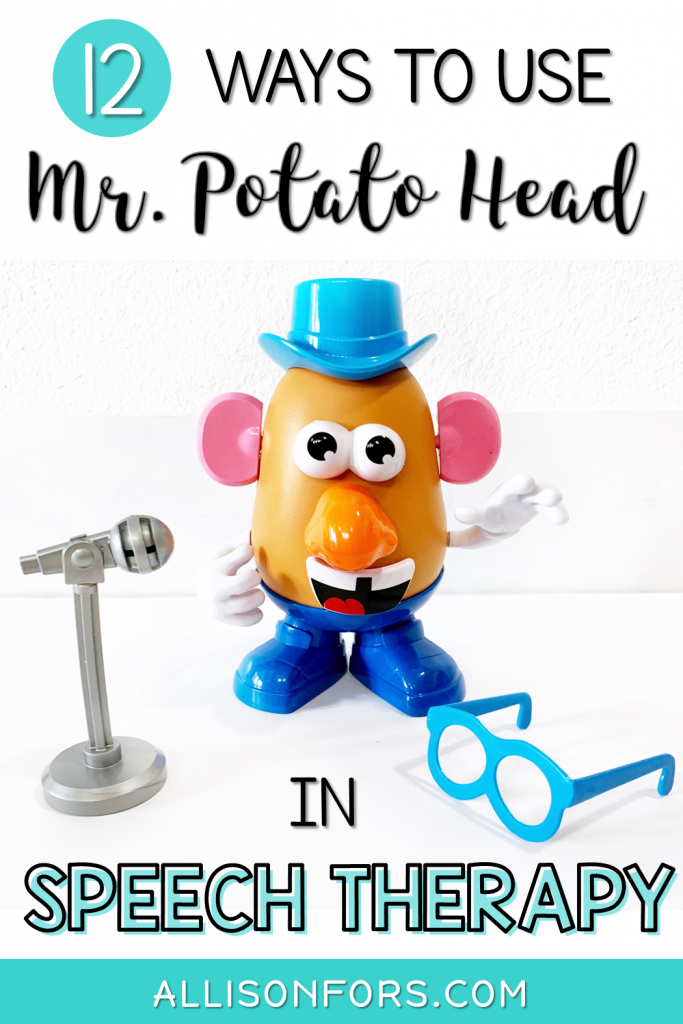

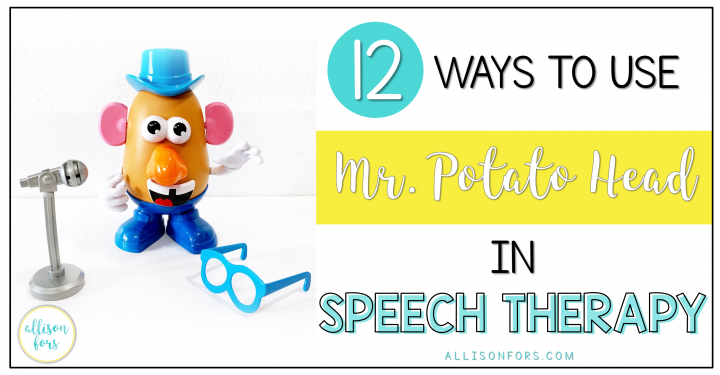
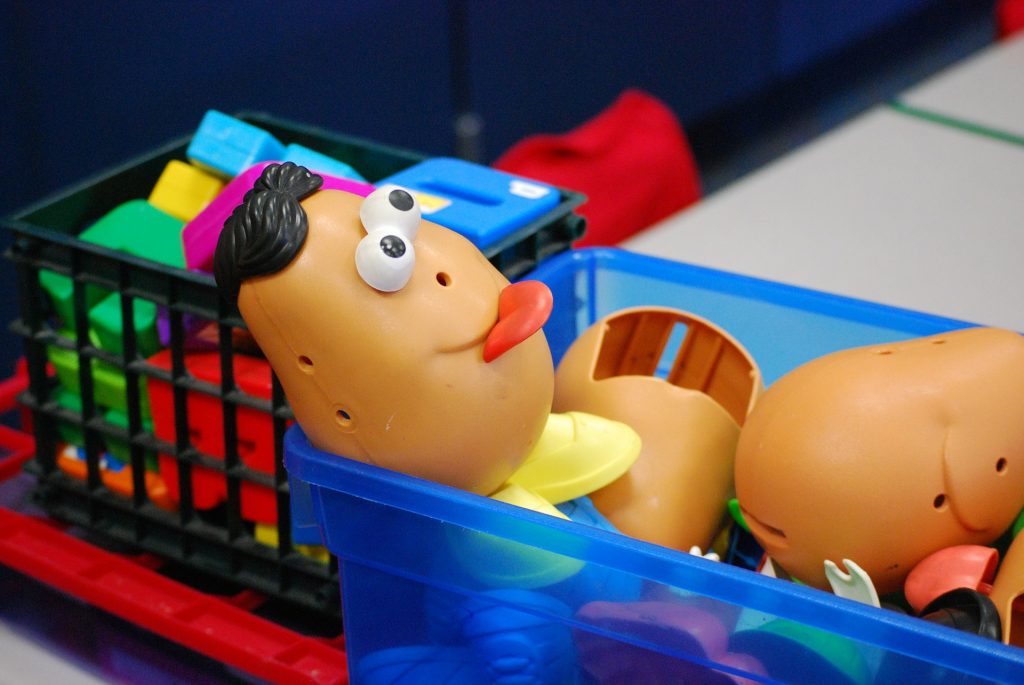
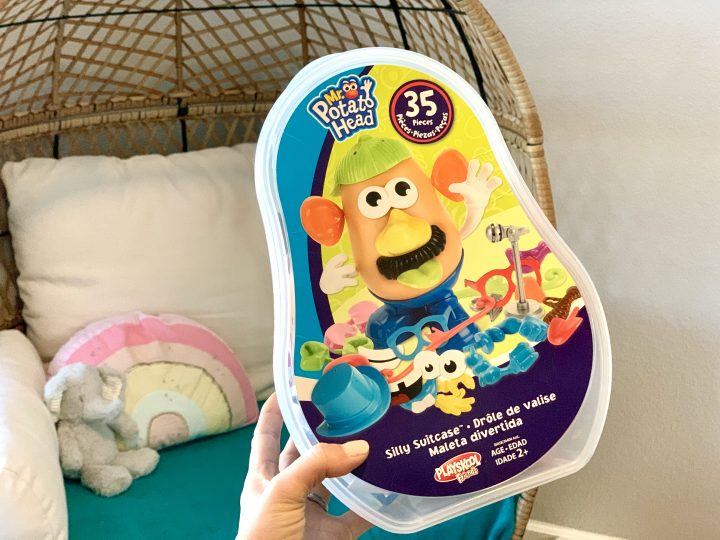
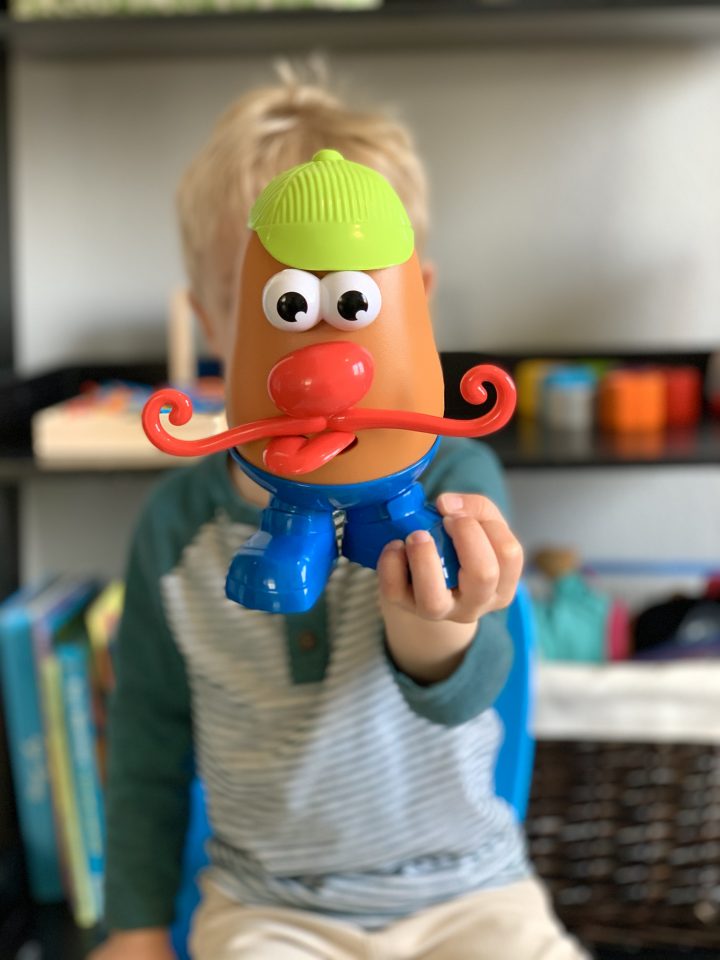

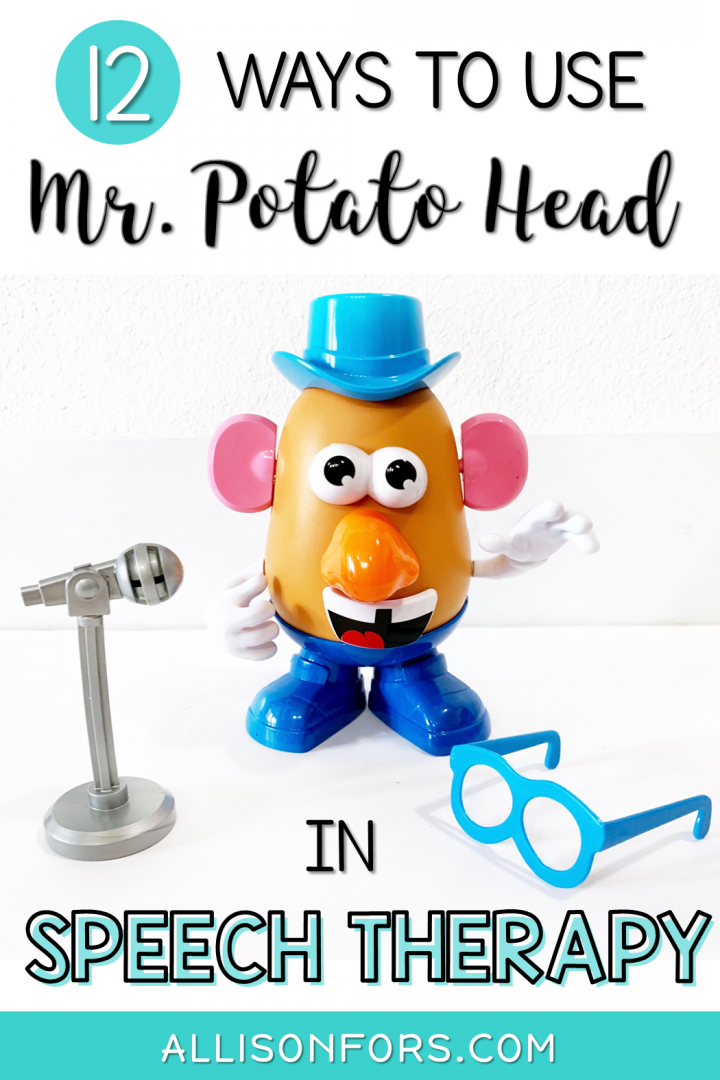
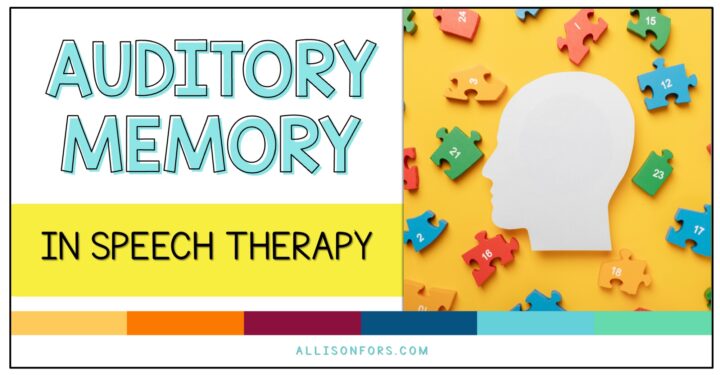
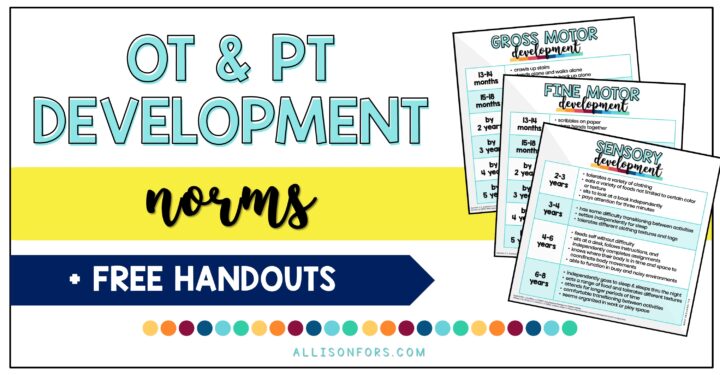
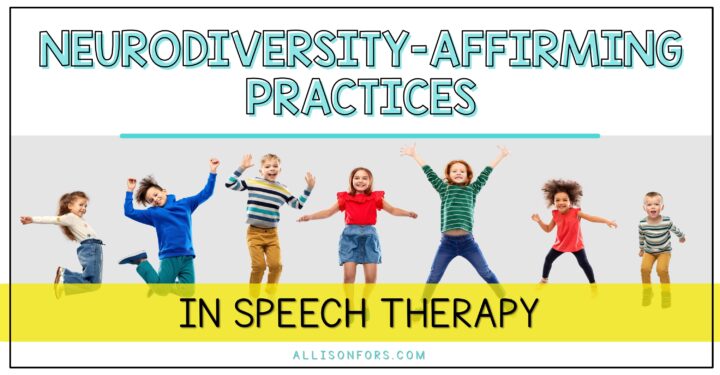

4 Responses
I love your ideas for Potato Heads! What I do for very young kids (age 2-3 yrs.) is give choices. The child gets the head and I pick up 2 items and ask, do you want the nose or the hat? Or, do you want the blue hat or the red hat? It’s an important skill for little ones to make choices.
Thanks for all your wonderful ideas!
Tirza
Great ideas! Thanks for sharing!
This one is even more wonderful,
Be blessed Tirza.
So helpful!! Thank you!